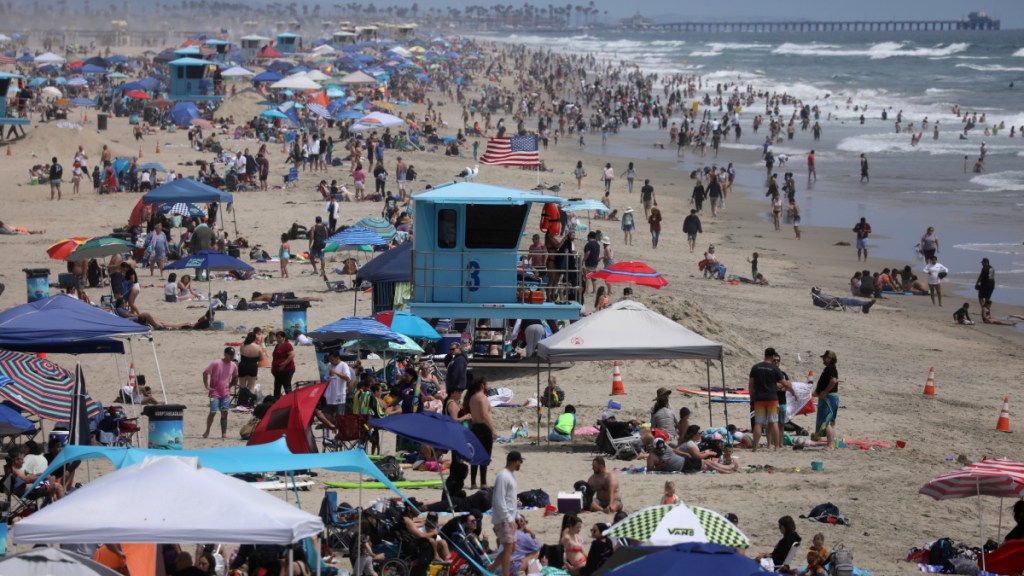When we hear the word ‘beaches’, most of us want to pack our bags and teleport to the serene sound of waves crashing against the rocks. But have we ever stopped to what extent these beaches could be contaminated or what factors are making our beaches filthy and unsafe?
A recent report by Environment America stated that around 55% of the US beaches it tested in the country experienced at least one day when fecal contamination reached “potentially unsafe levels”. In 2022, it tested 3,192 beaches out of which 1,761 beaches saw at least one day of unsafe levels of contamination.
What did the report find?
The Environment America report said that 363 beaches, translating to one out of every nine beaches it tested, had potentially unsafe levels of contamination on at least 25% of the days on which they were tested.
The report found that in the case of the Gulf coast, 84% of the shoreline failed to meet clean standards. This was followed by the West Coast (70%) and the Great Lakes (63%).
Texas beaches were among the worst affected in the US. About 90% of the 61 beaches tested there had unsanitary levels of contamination. In New York, 344 beaches were tested. Out of these 58% of the beaches saw contamination on at least one day.
Louisiana and Pennsylvania beaches were reported to be at 100% safety failure.
Health risks
People could suffer from gastrointestinal illness and respiratory disease, eye and ear infection and rash as a result of swimming contaminated water. Each year, US reportedly sees an estimated 57 million cases of illness resulting from swimming in water bodies. Last year, there were over 8,700 health warnings or closures at US coastal and Great Lakes beaches.
Sources of the pollution
The report also listed the sources that are contributing to the contamination. It blamed outdated and deteriorating sewage systems, Private septic systems and factory farming, among other things which affect the beaches and coastal areas. The report also said that combined sewers, which are present in over 700 municipalities in the US, have systems designed to discharge raw sewage directly into nearby waterways during heavy rainfall.


